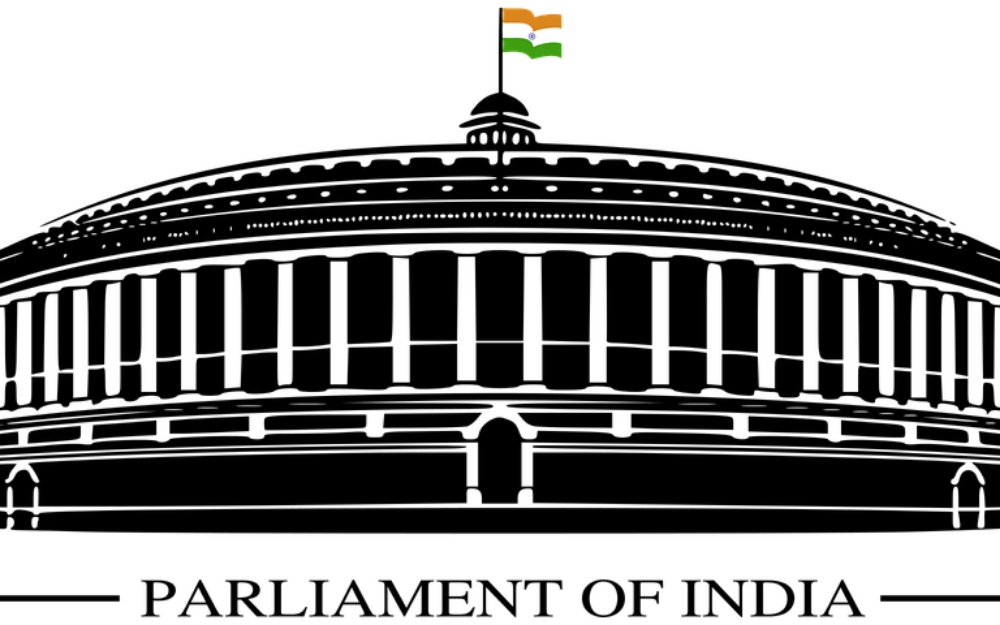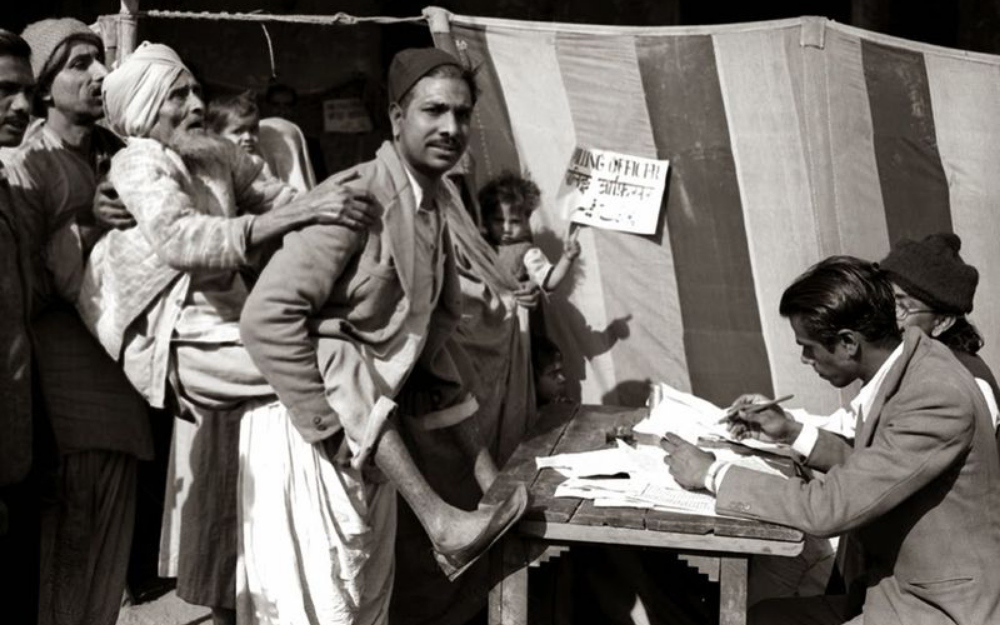Parliamentary election in India is round the corner.All political parties whether left or right are gearing up for poll and set up strategies to attract voters.
Lets talk about the parliamentary system of India:

The Central Legislature of India is known as ‘Parliament consists of the President and two houses.The lower house is called the House of the People(Loksabha) and the upper house is called the Council of states (Rajya sabha)The President of India is an internal part of the Union parliament because he summons and progress the House of parliament.He has also the power to dissolve the House of the People.No Bill can become an Act of parliament without the consent of the President.
The House of the People is the popular chamber of Indian parliament .It consists of the representatives of the nation.The Constitution provides that the House of the people consists of not more than 545 members of whom 530-directly elected from the 25 states on the basis of universal direct adult franchise and 13 from 7 Union territories and 2 members are nominated by the President to represent Anglo-Indian Community.
Every citizen of India who is not less than 18 years of age is entitled to vote in the elections of the House of the people.The tenure of the House of the people is five years .The House of the people elects a speaker and a Deputy speaker from among its members .The speaker and in his absence the Deputy speaker presides over the meetings of the House.

by Photo Division, Ministry of Information & Broadcasting, Government of India is Licensed Under Public Domain
The first parliamentary and assembly elections in India after Independence were held on Feb.10,1952.There were 4,500 seats,497 in the Kok Sabha(House of the people).18,000 candidates contested the election.Total numbers of voters were one hundred and six million majority of them (85%)were Illiterate and 2,24,000 polling booths spread all over India.Indian National Congress(INC) led by Jawaharlal Nehru formed the government by winning 364 out of 489 votes in parliament.Sukumar Sen an ICS officer was the first Chief Election Commissioner of India.










